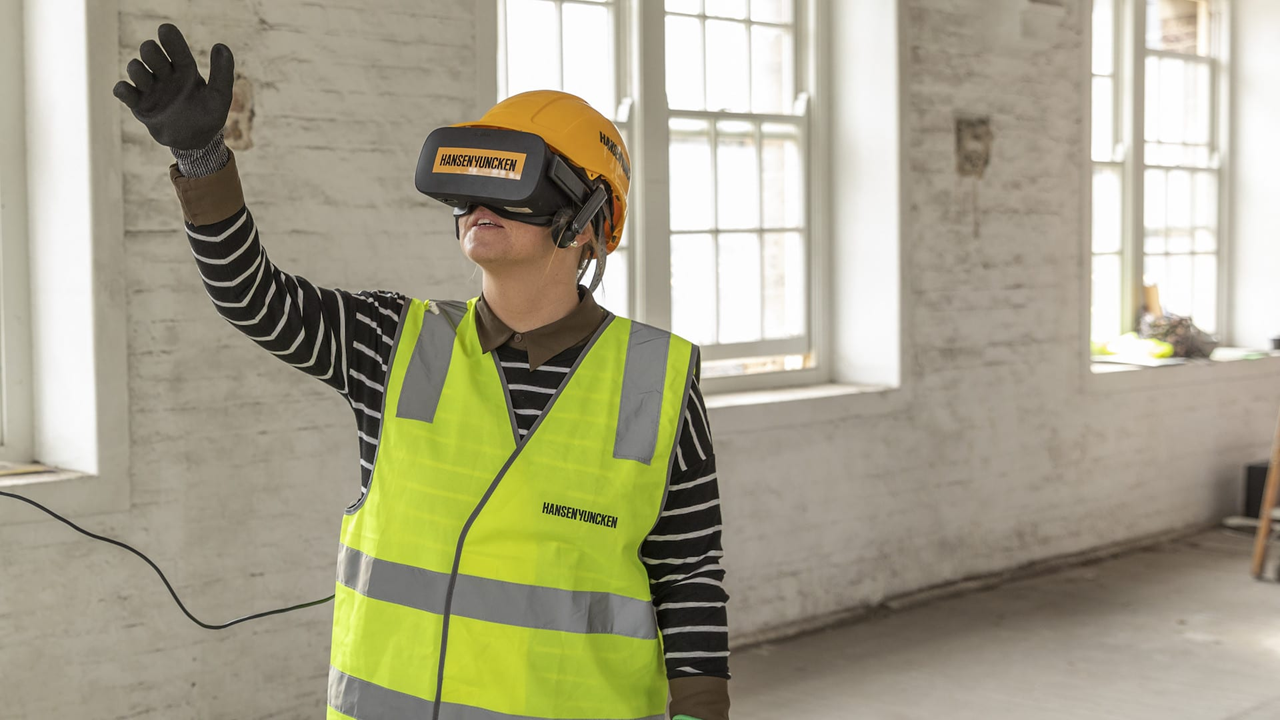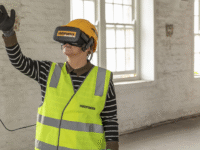Innovative Construction Techniques That Are Shaping the Future

Key Takeaways
- Discover the latest trends in construction techniques that are revolutionizing the industry.
- Learn how technology and sustainability are driving change in construction practices.
- Understand the role of prefabrication and modular construction in modern projects.
The construction industry is experiencing a notable transformation, influenced by a mixture of technological advancements and increasing demands for environmental efficiency. New construction practices, such as prefabrication, digital modeling, and sustainable designs, are reshaping how projects are executed. In addition to lowering expenses and increasing efficiency, these advances also seek to lessen the environmental impact of building. Adopting these contemporary techniques is essential for industry experts to stay competitive and ecologically conscious as the globe grows increasingly concerned with sustainability.
The Rise of Prefabrication and Modular Construction
Prefabrication and modular construction techniques have seen a surge in popularity because of their ability to streamline the building process efficiently. These methods involve assembling components of a building in a factory setting before transporting them to the construction site for final assembly. This off-site building approach provides significant advantages, including reduced construction times, consistent quality control, and a notable decrease in on-site waste production.
According to industry reports, prefabrication’s key advantages are rapidly promoting its use across diverse sectors, from residential housing, including custom home construction, to large-scale commercial buildings. This trend signifies a shift in how projects are delivered, highlighting an overriding focus on efficiency and sustainability. The reduced need for labor on-site lowers project costs and lessens the environmental footprint by cutting down on material wastage and energy usage.
Green Building and Sustainable Techniques
With intensifying concerns over climate change, the construction industry is embracing green building practices to foster a sustainable future. These practices include using eco-friendly materials, energy-efficient designs, and renewable energy systems. Structures are increasingly designed to be adaptable, lasting beyond a single generation while reducing energy consumption and incorporating elements like solar panels and rainwater collection systems.
The shift towards sustainability is more than just an industry trend; it’s a necessary evolution. By prioritizing environmentally responsible building techniques, the industry aims to reduce its carbon footprint significantly. In practice, this means utilizing recycled materials, adopting sustainable forestry practices, and designing for long-term adaptability and energy efficiency, thereby promoting a more sustainable construction sector.
The Role of Building Information Modeling (BIM)
Building Information Modeling (BIM) has become a cornerstone in modern construction, fundamentally changing how projects are designed and managed. BIM enables a collaborative approach where architects, engineers, and constructors create a digital representation of the physical and functional aspects of a structure. This model acts as a centralized database, fostering better coordination and minimizing misunderstandings that could lead to costly errors.
BIM not only enhances teamwork but also significantly improves the accuracy of construction planning, thus reducing project timelines. The real-time simulation capabilities of BIM allow stakeholders to visualize potential design conflicts ahead of time, reducing the number of clashes on-site and preventing rework. As more projects successfully utilize BIM, it becomes apparent that its role is critical in modern construction management.
Smart Buildings and IoT Integration
Smart buildings equipped with Internet of Things (IoT) devices are revolutionizing the way we think about building functionality and energy management. These buildings incorporate technology that allows for remote and automated control over systems such as lighting, climate, security, and even appliances for energy efficiency and enhanced user experience.
Emphasizing connectivity, the rise of emerging trends in smart building technology illustrates how innovation is becoming an essential component of the industry’s growth. The integration of smart technologies in buildings not only offers improved energy efficiency but also ensures a personalized and adaptive environment for occupants, promoting greater comfort and reducing overall energy consumption.
3D Printing in Construction
3D printing is a groundbreaking innovation that is gradually making its way into the construction industry, promising to reshape the way buildings are designed and erected. This technology paves the way for the construction of intricate and customized structures with precision, reducing material waste and labor costs. By layering materials sequentially, 3D printing can create complex geometries that are often costly or impossible to achieve with traditional construction methods.
Despite its potential, the use of 3D printing in construction faces challenges such as material limitations and costs related to large-scale applications. However, as technology advances, the broader adoption of 3D printing in constructing unique and sustainable buildings seems imminent, presenting an exciting prospect for future architectural innovation.
Adopting Drones for Efficient Construction Management
Drones have emerged as fundamental tools in construction project management, offering eyes in the sky that enhance site surveillance and monitoring. Equipped with high-resolution cameras and sensors, drones provide real-time data on site conditions, helping manage construction timelines and ensuring adherence to safety standards.
The use of drones facilitates early detection of potential problems, enabling prompt corrective actions and reducing costly delays. By conducting frequent aerial surveys, construction managers can track project progress accurately and efficiently, improving logistical planning and decreasing the risk of budget overruns. As drones become more embedded in the construction process, their ability to optimize project management will only increase.
Concluding Thoughts
The construction industry is undoubtedly at the cusp of a technological transformation. Embracing innovations like prefabrication, BIM, and smart technologies not only meets the modern demand for more efficient and sustainable buildings but also positions the industry for a future where environmental consciousness and technological advancements are paramount.
The continued adoption of these techniques will ensure construction projects align with global sustainability goals while delivering on efficiency and creativity. As professionals in the field recognize and invest in these innovative pathways, the future of construction looks brighter and more sustainable than ever.



